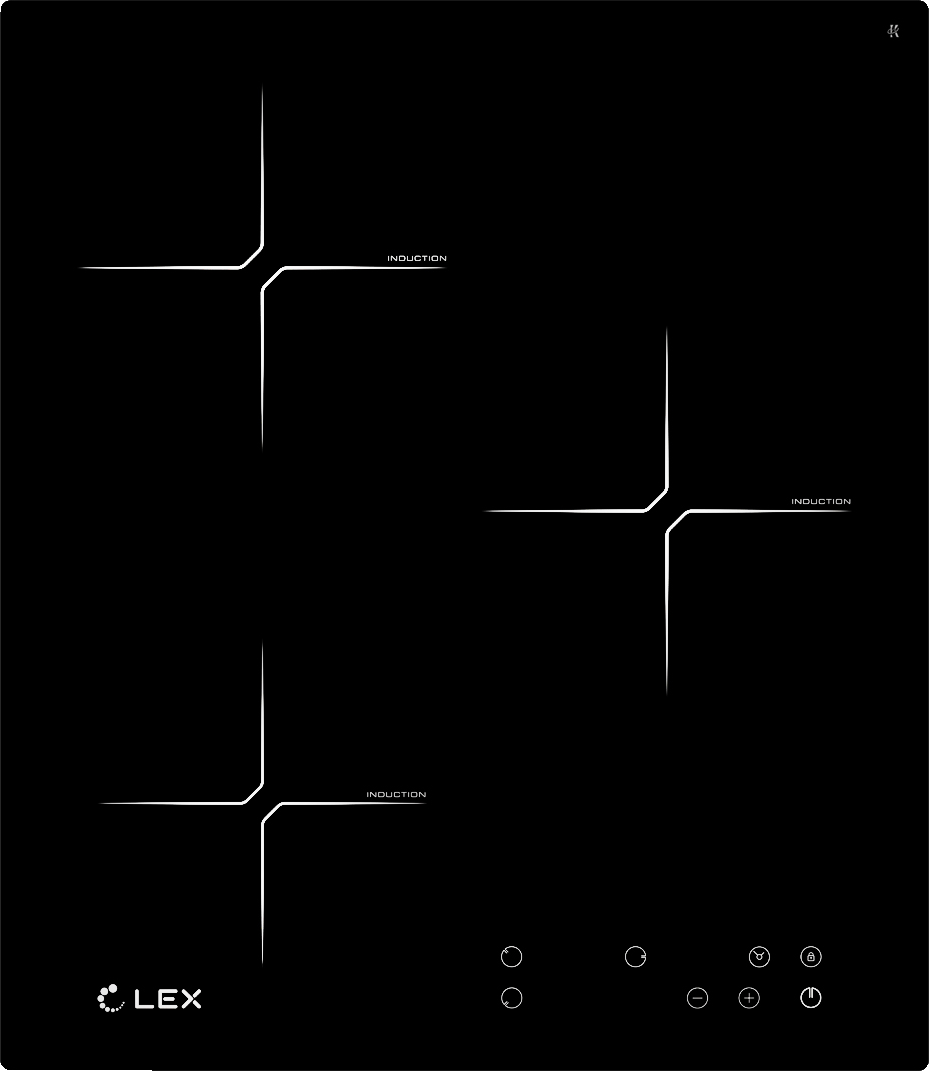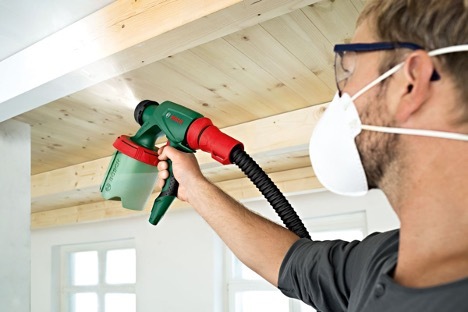The properties of expanded clay make it possible to use it as a heat-insulating material. The granules are small, porous, so they protect well from the cold. Although you need to take into account that they perfectly absorb water, so you need to take care of waterproofing. The main characteristics, pros and cons of the material are discussed in the presented article.
The content of the article
- Composition and production technology
- Scopes of expanded clay
- Fractions of expanded clay
- Main characteristics
- Advantages and disadvantages
Composition and production technology
Expanded clay is a porous building material, which is obtained by firing natural clay technology. And they do it in rotary kilns at high temperatures (in the range of 1100-1200 degrees). The result is grains of different fractions in diameter from 5 to 40 mm, mostly oval.
The composition of expanded clay is represented by such substances:
- silicon oxide in the form of silica 70%;
- aluminum oxide 12%;
- iron in the form of various oxides 10%;
- organic impurities up to 8%.

The properties and characteristics of expanded clay are related to the technology of its production. There are 2 main ways to get:
- Wet (plastic or slip) - the clay is sent to 2 stages of grinding using a coarse and thin roller. After obtaining rounded granules with a diameter of up to 10 mm, they are dried in a rotating drum. Then fired at high temperatures and left to cool.
- For soundproofing the floor with expanded clay, material prepared by the dry method is also used. Raw materials are crushed to grains of a certain fraction and immediately sent for firing in a drum without prior drying. Because of this, not rounded granules are obtained, but grains with angular outlines.
Scopes of expanded clay
What expanded clay is needed for is almost always associated with the construction industry. The material is used as a heater for various structures:
- Floor insulation - a vapor barrier film is laid on the slab and covered with expanded clay granules on top. They do the same with a wooden floor, but boards are also laid on top of the granules. This ensures not only protection from the cold, but also from rodents.
- Noise insulation with expanded clay is used at the stage of wall construction. It is possible to make masonry in 3 layers - a supporting structure, expanded clay mixed with cement "milk" for the middle layer and a protective layer.
- Expanded clay material is also used as a heater for the attic. To do this, prepare an empty space, lay a crate in it, lay a vapor barrier film and fill the voids with granules.
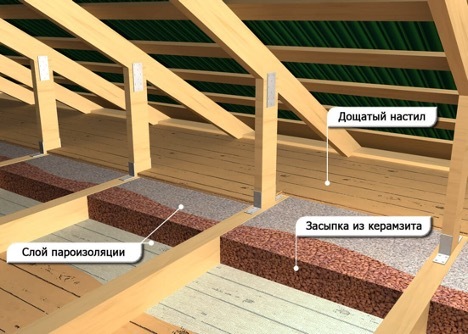
Thus, the quality of expanded clay allows you to use it as a heater. The material provides heat and noise insulation, which is especially important for city houses. But keep in mind that porous granules absorb moisture well. Therefore, when laying, it is imperative to use a vapor barrier - a film of dense materials that do not allow water to pass through.
Fractions of expanded clay
Sound insulation with expanded clay, as well as its use as a heater, is justified if you know the basic properties of the material. First of all, you need to familiarize yourself with the size of the fractions - according to this indicator, 4 groups are distinguished:
- From 0 to 5 mm - this is expanded clay sand, which is used for floor screed, as part of heat-insulating plaster and in masonry mortar.
- From 5 to 10 mm - fine expanded clay is used for arranging a warm floor.
- From 10 to 20 mm - expanded clay gravel, the characteristics of which allow it to be used as a universal material. Allows you to insulate all building elements - ceiling, floor, walls, roof.
- From 20 to 40 mm - the largest fraction. It is used in cases where maximum thermal insulation is needed, for example, during the construction of a foundation, when insulating an attic floor, cellar or basement. Such expanded clay is also used as sound insulation.
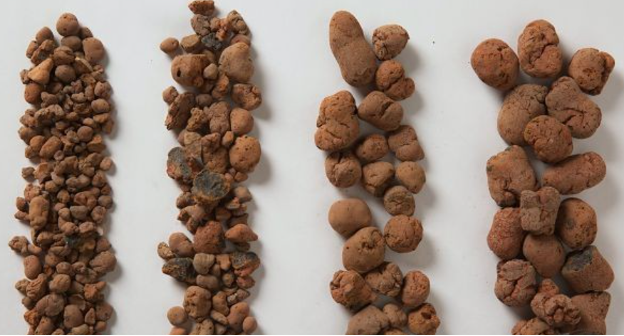
Main characteristics
If you study what can be made from expanded clay, you need to pay attention to its characteristics:
- Strength - measured in MPa. The indicator is especially important when using material for backfilling the floor. Strength directly depends on porosity and is indicated by a grade from P15 to P400.
- The hygroscopicity of expanded clay is high - this means that the material absorbs a large amount of moisture. That is why during installation it is necessary to make high-quality vapor barrier.
- Bulk density in kg / m3 - the larger this indicator, the stronger the coating, although the worse the thermal insulation properties. The density range is from 100 to 1000 kg/m3. It is best to choose average values of 400-500 kg / m3.
- Thermal conductivity is the most important characteristic, which depends on moisture content, bulk density and granule size. The ability to retain heat is the greater, the lower the humidity, the lower the bulk density and the larger the granule size. If these conditions are not observed, the disadvantages of expanded clay will manifest themselves to a greater extent than its advantages. The indicator is determined by the coefficient of thermal conductivity - the optimal value is from 0.07 to 0.16 W / (m * K).
- Expanded clay compaction provides strength, but no less important is the frost resistance indicator, which is measured by the number of cycles. The minimum should be 15 cycles, although today the material can withstand from 25 to 50 cycles.
- For soundproofing the floor, expanded clay must be of high quality and safe. Therefore, attention should be paid to the indicator of radioactivity. According to the standard, it should not exceed 370 Bq/kg.
Advantages and disadvantages
Considering the properties of the material and comparing it with others, for example, what is the difference between shungizite and expanded clay, several advantages of granules can be distinguished:
- Good thermal insulation - every 10 cm corresponds to 100 cm brickwork or 25 cm wood flooring.
- It can be laid on any substrate, for example, just on the ground, concrete or wood.
- The material is not combustible, which ensures fire safety.
- It lasts for several decades - with proper installation and use of waterproofing for at least 40 years.
- Natural composition, no harmful impurities.
- You can fall asleep in spaces of any shape, you can do the styling yourself.
- Resistant to fungi, bacteria and other microorganisms.
- The granules are dense, durable, so they can be used, among other things, for floor insulation.
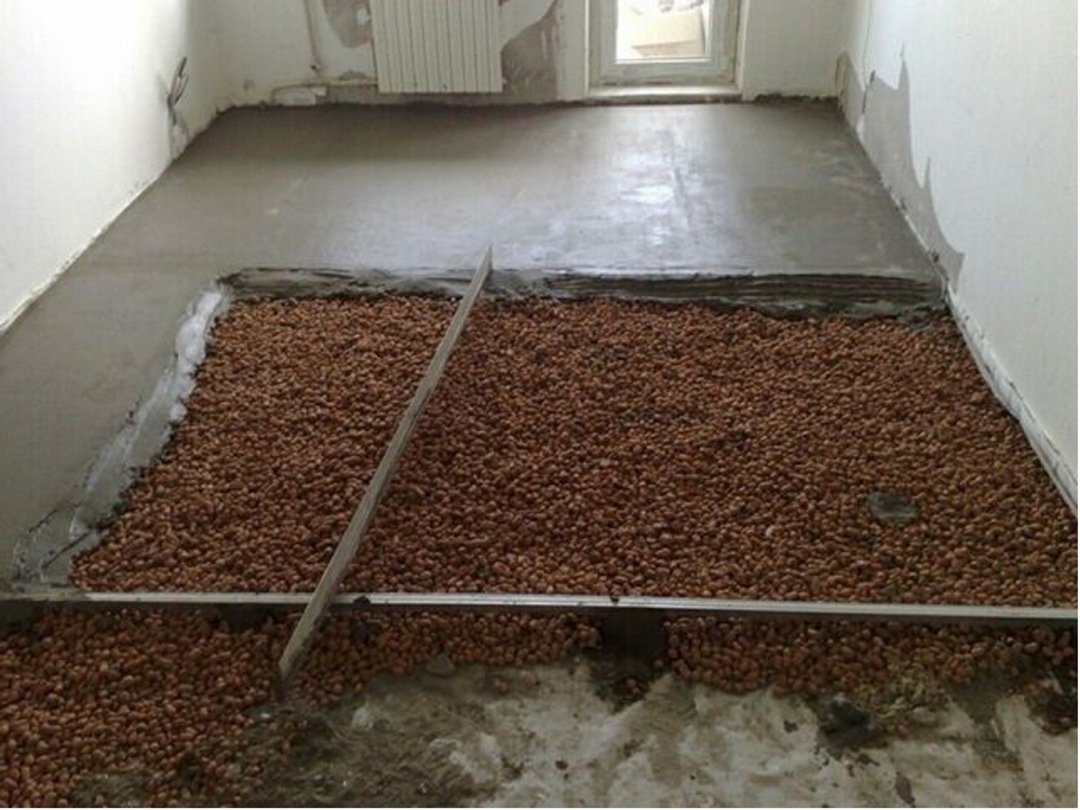
But there are also disadvantages:
- It absorbs moisture well, so it needs very good waterproofing.
- The soundproofing properties of expanded clay are not so pronounced, so it is used mainly for protection from the cold.
- For good thermal insulation, you need to fill up a high layer, which can reduce the height of the room.
- The material is quite dusty, you need to work in a respirator, use gloves and special clothing.
Expanded clay remains one of the most popular heaters. It is especially often used when backfilling the floor, basement or cellar, i.e. in those places where you can make a large layer. At the same time, analogues are often used for walls, for example, polystyrene. Therefore, before making a decision, thermal insulation should be calculated depending on the climatic conditions of the area and the quality of walls, roofs and other ceilings.

